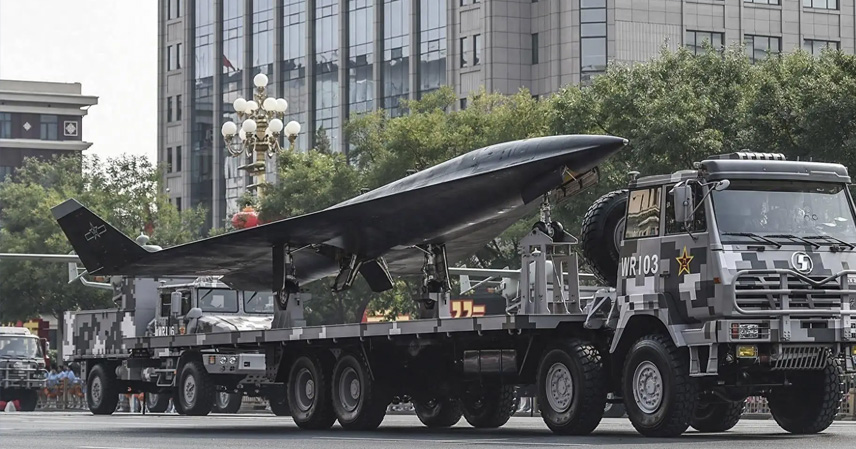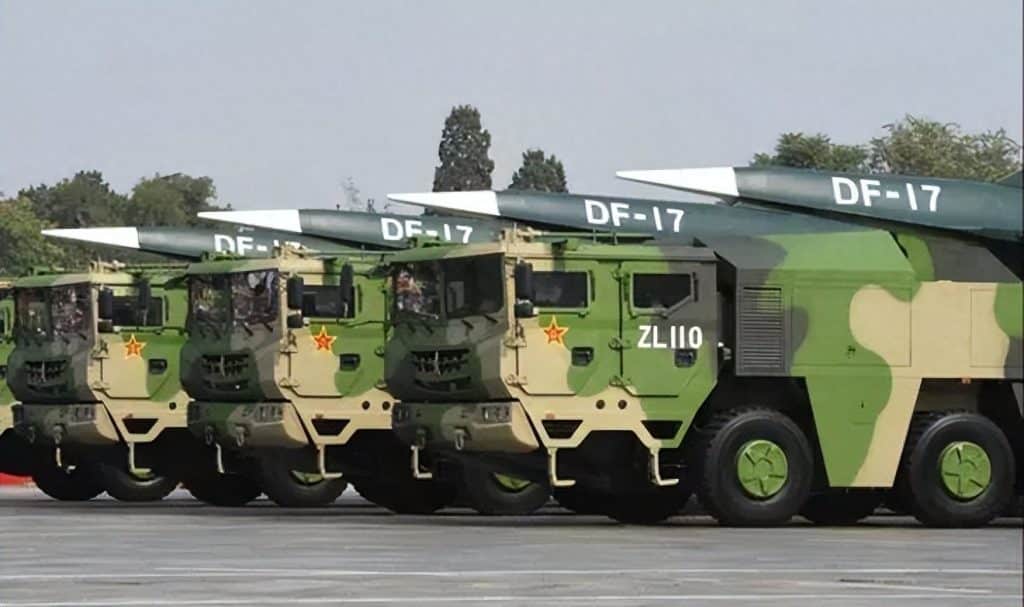While U.S. carrier commanders are still consulting air defense manuals, China’s WuZhen-8 (WZ-8) has already snapped high-resolution photos of entire fleets from 50 km altitude, moving at speeds comparable to meteors streaking across the night sky.
A High-Speed, High-Altitude Sentinel
In a recent exercise over the East China Sea, two black triangular WZ-8 drones released from H-6K bombers ignited their rocket engines seconds later, ascending at a 45-degree angle before vanishing from radar within moments. Fifteen minutes later, U.S. Pacific Command detected the drones moving at 2.38 km/s, only to lose them almost immediately as operators confirmed the signals were real.
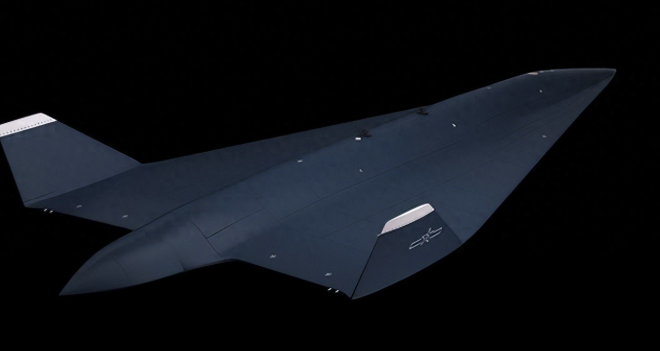
With a ceiling of 50 km and speeds reaching Mach 7, the WZ-8 renders conventional air defense systems largely ineffective and surpasses many advanced drones in survivability and operational reach.
Cutting-Edge Design and Stealth
The WZ-8’s design is highly futuristic:
- Dimensions: 11.5 m long, 6.7 m wide; flat, lifting-body layout.
- Tail: Traditional vertical tails removed, retaining only small wingtip stabilizers.
- Radar Cross Section: Just 0.001 m²—comparable to the size of a sparrow.
Its propulsion system is the core advantage. Two YF-50 liquid-oxygen rocket engines allow cruising at Mach 6–8, with instantaneous bursts exceeding Mach 8. This surpasses the SR-71 Blackbird (Mach 3.2) and outpaces standard Patriot and THAAD interceptors (4–4.5 Mach effective engagement speed).
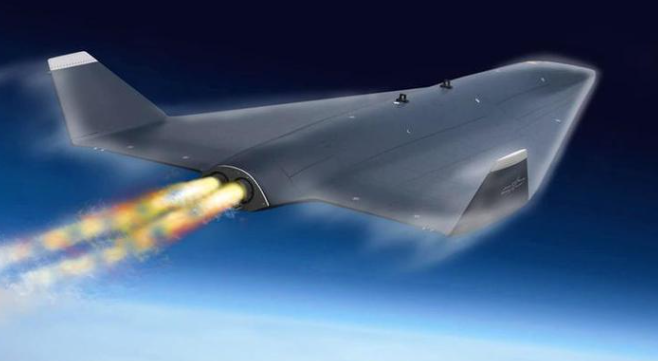
High-Altitude Survivability
Flying at near-space altitudes, the WZ-8 is far above Patriot missiles’ 24 km ceiling and even THAAD’s 40 km, while retaining extreme maneuverability. By combining Qian Xuesen’s classic ballistic theory with modern guidance systems, the drone can alter its trajectory by hundreds of kilometers within seconds, reducing intercept windows to less than 20 seconds.
The aircraft also leverages advanced materials capable of withstanding 2,100°C, far beyond conventional materials, ensuring both aerodynamic integrity and stealth performance under extreme thermal stress.
Reconnaissance and Sensor Capabilities
Despite challenging conditions such as sandstorms or clouds, the WZ-8 carries integrated synthetic aperture radar (SAR) and hyperspectral imaging, achieving centimeter-level resolution for maritime and land-based targets. U.S. leaked documents (2022) suggest a WZ-8 can scan all of Taiwan within 5 minutes of takeoff from Anhui, undetected by conventional radar early-warning systems.
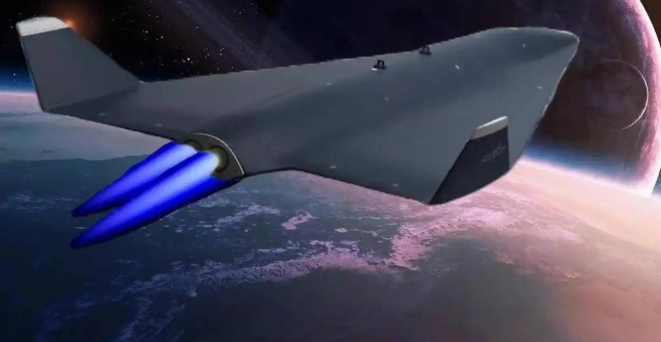
Deployment is innovative: H-6K bombers carry the drones to high altitude, release them, and after mission completion, the drones glide back for autonomous runway landings. Single-mission costs are less than one million RMB, roughly 1/10th the cost of an RQ-4 Global Hawk.
Strategic Impact and Integration
The WZ-8 is now a core sensor for China’s A2/AD (Anti-Access/Area Denial) network, integrated with Type 055 destroyers and BeiDou satellites to form a “detect-control-strike” loop. In a 2022 East China Sea exercise, two WZ-8 drones scanned 200,000 km² in 10 minutes, locating simulated aircraft carrier positions to guide DF-21D missile strikes.
Paired with the J-20 stealth fighter, the WZ-8 serves as a high-altitude “spotlight,” transmitting encrypted targeting data via quantum radio links. The J-20 can then engage targets stealthily, leaving traditional air defenses outmatched.
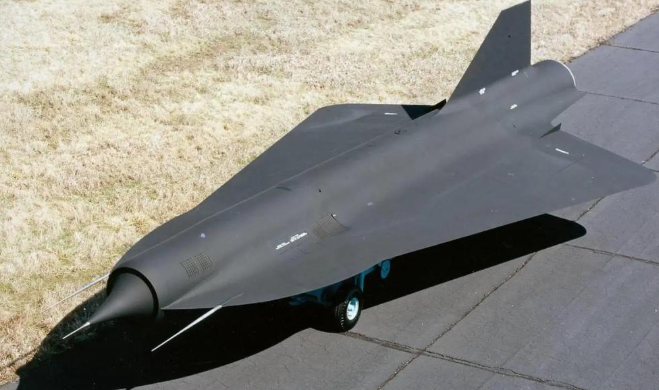
Cost-Effectiveness and Operational Advantage
With one-tenth the cost of an F-35, the WZ-8 forces the U.S. to expend billions on intercept missiles, creating a “shoot but cannot hit” dilemma. Its hypersonic speed, high altitude, and stealth make it a force multiplier, achieving strategic deterrence while maintaining operational economy.

